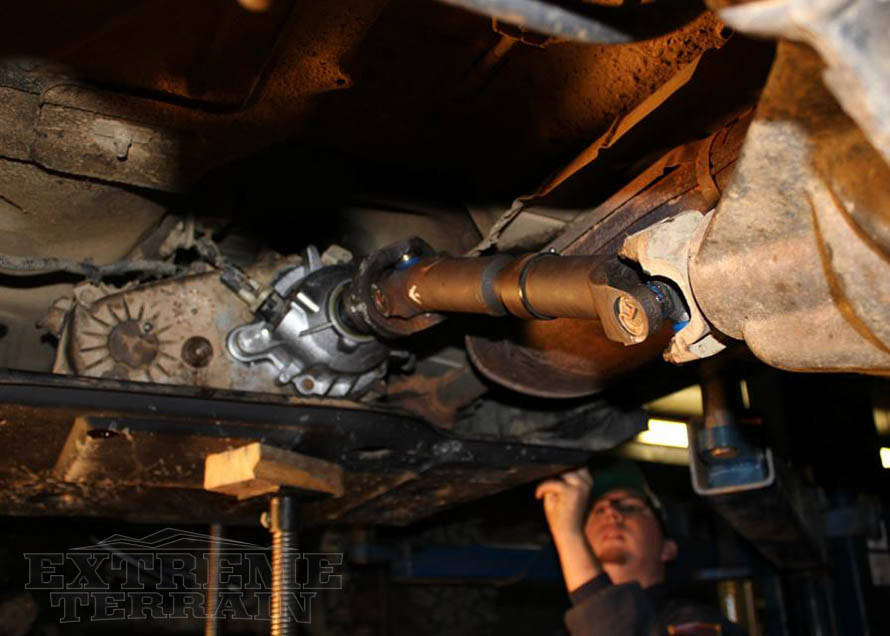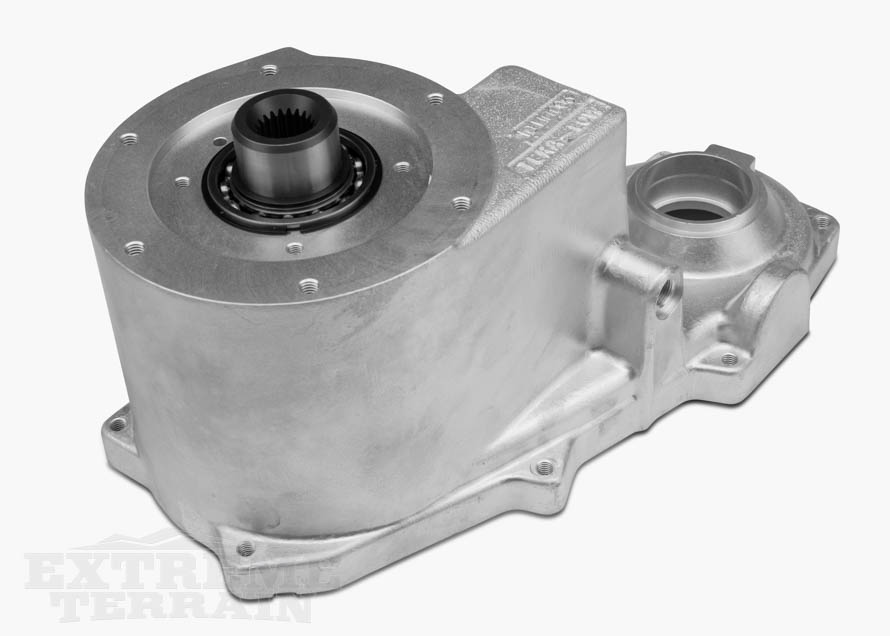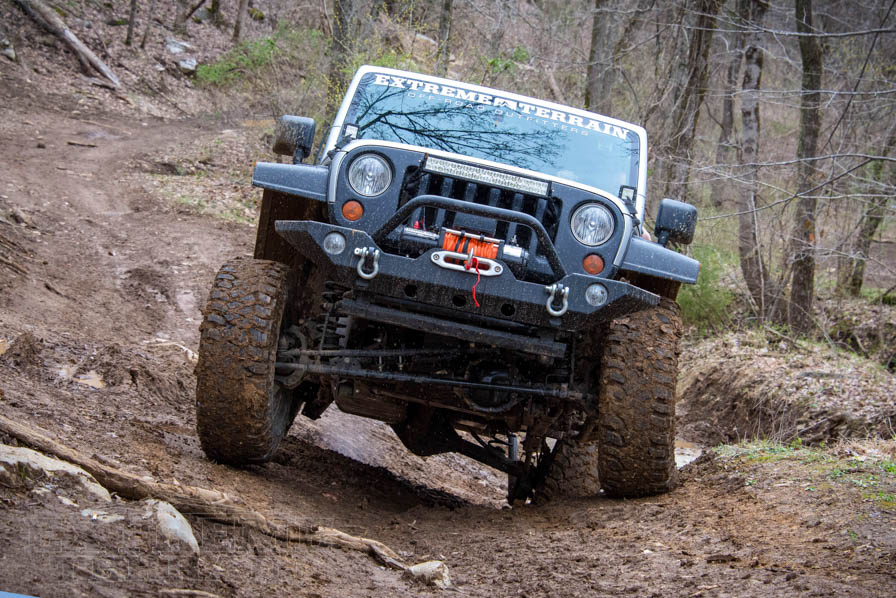For a part time four-wheel-drive vehicle like the Jeep Wrangler, a transfer case controls a variety of different wheel powering options. In this information guide we’ll explain what a transfer case is; The overall function and how it works; Some of the history of four-wheel-drive; Modern day off-road function and applications; Proper maintenance and identification; Finally, general upgrades that can be done to help strengthen and improve transfer case performance.
Contents
Shop Jeep Wrangler Transfer Cases
The beauty of having a Jeep is the versatility that comes with the vehicle. Having the option to switch from 2wd to 4wd and really dig into a trail is one of the great benefits of owning a Wrangler. When upgrading your wrock crawler it is important to choose a build that is transfer case friendly so that you can reap the benefits of having the ultimate rock crawler.





